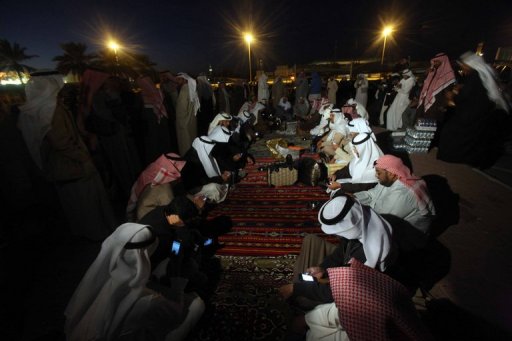
(Photo by Thoraia Abou Bakr)
August Strindberg is one of the most renowned Swedish writers in the genre of modern drama. His plays are known for their controversial subjects, which perhaps stemmed from his extreme views on women and modern society – especially his antipathy towards feminism. His views aside, his plays are a joy to view or even read as he was known for creating complicated yet realistic characters.
His dramatic works are famous for having a claustrophobic effect as the hold tightens on the characters, making them desperate for the sweet release of death. The play, The Dance of Death, is no different. It revolves around Edgar and Alice, an estranged couple, who have many problems. The play is supposed to portray the feelings of resentment, hate and desperation.
Originally, the play was written in two parts, however most theatre groups summarise both into one when it is performed.
On 17 December local theatre group Lighting performed an adaptation of the play in Arabic in cooperation with the Swedish Embassy in Egypt. The title was changed to The Dance of Life and the play was performed in classical Arabic.
Despite a sincere effort, the adaptation was choppy and disconnected. The two part play was boiled down to a 40-minute performance, whose events seemed to lag rather than intensify. Despite the play being an adaptation in Arabic, the theatre group decided to keep the original names of the characters. This was quite confusing given that Alice was veiled and the whole play had an Egyptian feel.
The play could have benefited from an adaptation to Egyptian society and changed the names of the characters, thus making it more relatable to the local audience. The traditional Arabic did not fit the play either; given how intimate the subject matter is, it would have made much more sense for the characters to speak in colloquial Arabic. Additionally, the acting was not as smooth as it could have been.
There was a lot of shouting in the play that portrayed noise rather than emotion. The play is supposed to intrude on a couple at home, but it seemed more like the actors were intruding on the audience. The sequence of the events seemed contrived and they changed the ending to a more hopeful one in which no one dies, hence the title change – not to mention the strange and choppy dance in the beginning and end of the play.
In conclusion the play was a letdown, although with a few basic changes it could have been a much better performance.



